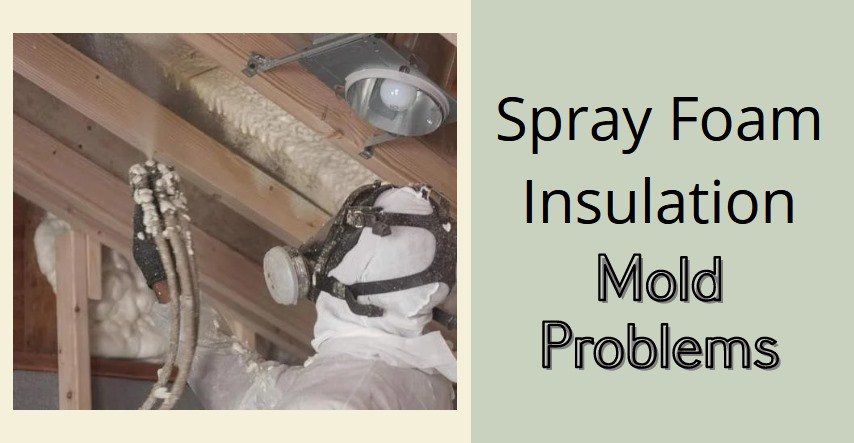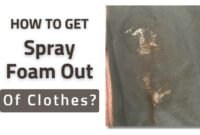Do spray foam insulation mold problems exist? Such a question typically comes when it comes to making spray foam as the insulation material for your house. That’s a good question–it means you are aware of what may happen, and you do your best to prevent it.
Find out the answer to your question in this article below, as we’ll discuss whether spray foam insulation and mold are related or not.
Does Spray Foam Insulation Cause Mold?
What’s the answer to this question? Simply said, no. Spray foam insulation mold problems are non-exist, so you don’t have to worry when choosing spray foam as your insulation method.
You might wonder why spray foam insulation does not cause mold. This one is because spray foam does not rust, does not rot, and does not deteriorate like metal or wood. The foam sprayed as the insulation method won’t be the food resource for mold.

However, that does not mean spray foam is full of goodness only. Like literally everything, you can find pros and cons in spray foam insulation. What are those pros and cons? You can read the details in this explanation as follows.
Pros of spray foam insulation:
- If you choose an effective method of insulating your house, spray foam can be great material.
- Since the insulating feature is excellent, the foam may help you lower your utility bills. This means you can reduce the utility fee for heating and cooling–which can be pretty energy-consuming. According to sources, you can even cut your expenses up to 50%.
- Spray foam insulation is airtight and impermeable to water. This makes this insulation material to be proven mildew and mold-proof. So, you don’t have to worry about any spray foam insulation mold problems to come.
- It’s an eco-friendly product–given it can help you keep electricity use low by using the heater or AC.
Then, what are the drawbacks of this insulation material? Here are some of them:
- It doesn’t fill every space in the area. Sometimes, you will find gaps formed in the walls, floor, ceiling, etc., which your eyes may skip from seeing.
- The spray foam insulation may shrink, especially if you live in an area with extreme weather. The excessive heat may help it expand, while the colder air may cause otherwise.
- It may cost you more compared to other types of insulation material. To mention one, fiberglass products are way cheaper compared to spray foam. You only need to pay around $0.40 per square foot to get the insulation effect you want. While for spray foam, you will need to pay $1.50 for each board foot (1×1 foot square, 1-inch thickness. Each house typically requires around 4-inch thickness for insulating their home with spray foam. Then it will make you pay more than $6 just for one square foot.
- It may create health effects as well. For example, since the primary ingredients of spray foam is isocyanates, the chemical compounds of this material may come to irritate the lungs, stomach, and eyes. Skin problems may also come as a result of using this material. The worst is when you can get triggered by asthma attacks and bronchitis. That’s why it’s recommended to use a respirator, gloves, and goggles to work with this material.
The Best Insulation to Prevent Mold
When it comes to choosing the best insulation material, it depends on your preference and budget. We can say that the best is spray foam–but it may not be suitable for your budget and preference.
Consider getting help from a professional to know what insulation method works the best for your house. You won’t spend your money on such a useless investment. Let’s say you want to use spray foam insulation.
Before getting that, make sure the material is perfect for your house to avoid any spray foam insulation mold problems and other problems that may come.


